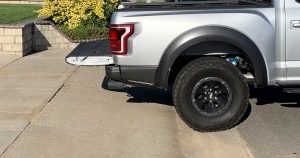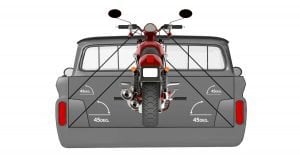7 Things to Know When You’re Moving a Motorcycle Yourself | 2024 Guide
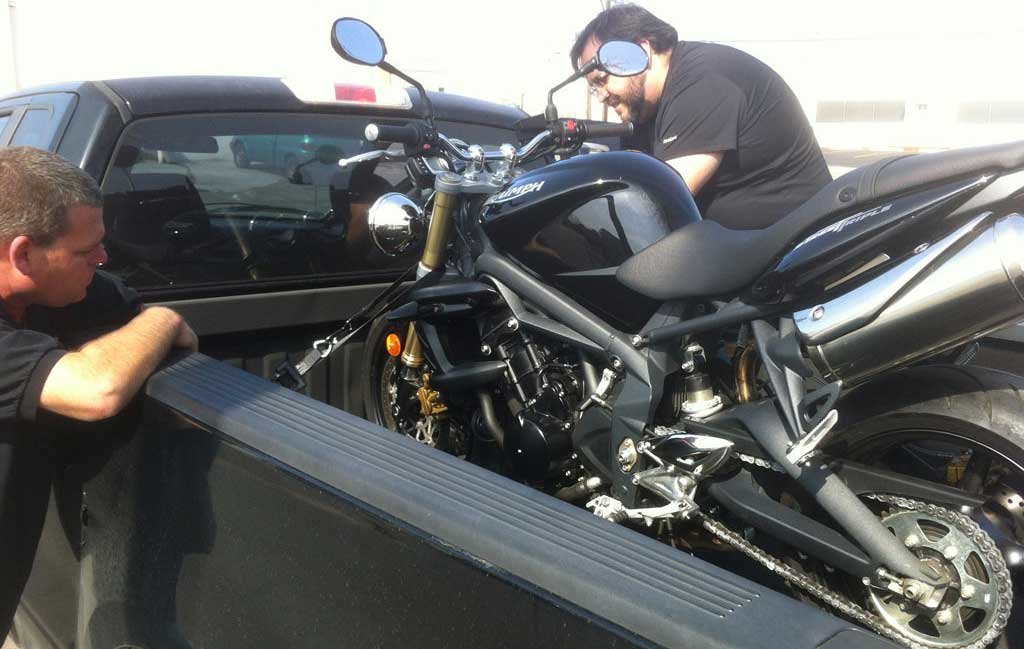
Posted By
Clint Lawrence, founder of Motorcycle Shippers. Helping give riders more freedom to enjoy the bikes they love. [email protected]
You’ve searched far and wide for the motorcycle of your dreams. And then, after countless hours of researching models and even more hours scouring sale listings, the moment you’ve been waiting for has arrived. You’ve finally found your perfect bike.
The catch? It’s sitting pretty three states away.
As more of us choose to purchase motorcycles online, we’re faced with a choice: ship the motorcycle or move it ourselves. There are definite advantages to making the drive, strapping down the bike in your pickup truck and driving it home yourself. There’s nothing like seeing the motorcycle in person and being able to hand the seller cash when you confirm you love what you see. And what rider would pass up an opportunity to try out their new motorcycle on a nice long ride? Or maybe you’re planning to make a mini-road trip out of it, flying to pick up the motorcycle and then riding it home.
No matter your reason for moving your motorcycle yourself, keep these logistics issues in mind to ensure you’re making the choice best for your bike (and your wallet).
- Choose the correct tie-downs
How you tie down your bike can mean the difference between a safe arrival and a damaged motorcycle—and the damaged ego that comes along with it. Use high-quality tie-downs with ratchet or cam buckles .
Which model of tie downs you choose may vary, but one thing is for sure: don’t trust the $10 4-pack of tie-downs from Home Depot when your motorcycle’s safety is at stake. Now Home Depot is a fine establishment, but they certainly aren’t in the business of transporting motorcycles.
Check your tie-downs for a manufacturer’s rating that matches the needs of your motorcycle. Many tie-down brands boast about the “web rating” of their product. This is simply the amount of weight that can be applied to the strap portion before it breaks. Don’t be fooled by the web rating alone as usually the assembly or the hooks are the first to fail. Look for a strap with an assembly rating of at least 800 lbs, and a hook rating of 1000 lbs. Higher quality tie-downs are expensive, but their cost pales in comparison to your motorcycle’s value or the cost of repairs from a motorcycle transport gone wrong.
Your straps should have a soft, nylon portion in which to connect to your bike. Avoid attaching the metal hooks directly as they may cause damage. The best strap is one that has a built in soft loop. Or you might simply use a simple soft tye attachment with your metal hook.
- Make sure your truck is properly equipped for the job
Having a truck is a good start. Having high-quality tie-downs is even better. But once you’ve got these basic elements in place, it’s time to consider all the logistics of getting your motorcycle securely strapped down, loaded and unloaded.
You’ll want four ties for a street bike—at the front and on both sides—and as many as six for a larger motorcycle, situated at the front and back. Make sure your truck has strong hooks capable of holding down your new ride. These points should be part of your vehicle’s structural body. Factory installed hooks are the best, don’t rely on 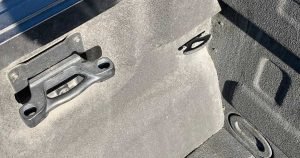
Next, you’ll also need a proper ramp to load your motorcycle in and out of your truck bed. You may think it’s easy enough to get a motorcycle into your truck, but we can tell you from experience that it’s simply not. Just for fun, type “motorcycle loading fails” into YouTube and you will see a few examples of this.
One of the most important things to remember about your ramp, is that it is secured to your truck so that it doesn’t slide off when loading. This can be accomplished with just about any ramp if you run straps from the ramp to secure points on your truck. Here is a ramp that will get the job done for you. Spring for the ramp; your back (and bike) will thank you.
- Position your vehicle properly
Common sense will tell you to find a level place to park your truck, but here are two more tips to consider that are even more helpful. First, it’s always better to load on concrete or asphalt instead of dirt. This will make the base for the ramp more stable and give you and anyone helping you much better footing. Next, try to find a low spot in which to place the rear wheels of your truck. Sometimes the best is to simply back your truck into a driveway and leave the rear wheels in the gutter or next to a curb.
Set your parking brake. Whether you’re driving an automatic, or a stick shift, the last thing you want is your truck to move even a couple of inches while you in the middle of loading your new bike.
- Get people to help
You may be more of a “lone wolf” rider, but when it comes to moving your motorcycle, don’t go it alone. We have seen people who successfully load their motorcycle, using the engine to drive bike up the ramp, but this is not the preferred method. It’s best to have at least one person on each side of the ramp to assist with balance, and one person at the back of the bike. You should have people ready to help you at both ends of your journey: loading the motorcycle onto your truck and unloading once you’ve made it home.
- Tie your bike properly
One person should steady the bike while another starts the process of strapping the bike in the front. Make sure the kickstand is up during this process. The most important part here is to choose the correct location and method of connecting the strap to the bike. As mentioned previously, it is best to start with a soft tye, but always look for a structurally solid place to wrap the tye. My favorite is the lower triple clamp or fork assembly.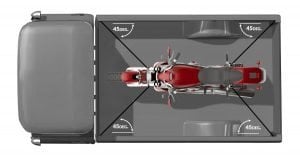
Repeat this procedure on the other side and add straps to the back of the bike as well for a minimum total of four.
- Check your vehicle pre-trip
When you’re riding high on the thrill of your new motorcycle, the last thing you want is car troubles. Check your tires, brake pads, fluids and other essentials before you embark upon your road trip. Also keep in mind that moving a motorcycle will put wear and tear on your vehicle (in addition to racking up miles, depending on how far away your motorcycle is located).
- Factor in your true trip costs
When you’re finally going to pick up your new motorcycle, it’s easy to overlook the true costs of moving it yourself. But be sure to factor in gas/fuel, wear and tear, materials like tie-downs—and the value of your time—when budgeting for your road trip.
With spring weather here and summer right around the corner, there’s never been a better time to buy your dream motorcycle and have some fun. If you’re looking for a cost-effective, safe way to get your bike from Point A to Point B, Motorcycle Shippers can help as well. Get a free quote today to see if we can save you some time and money when buying that new bike.

